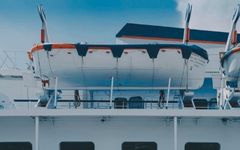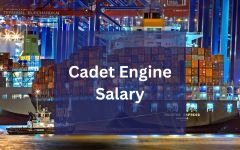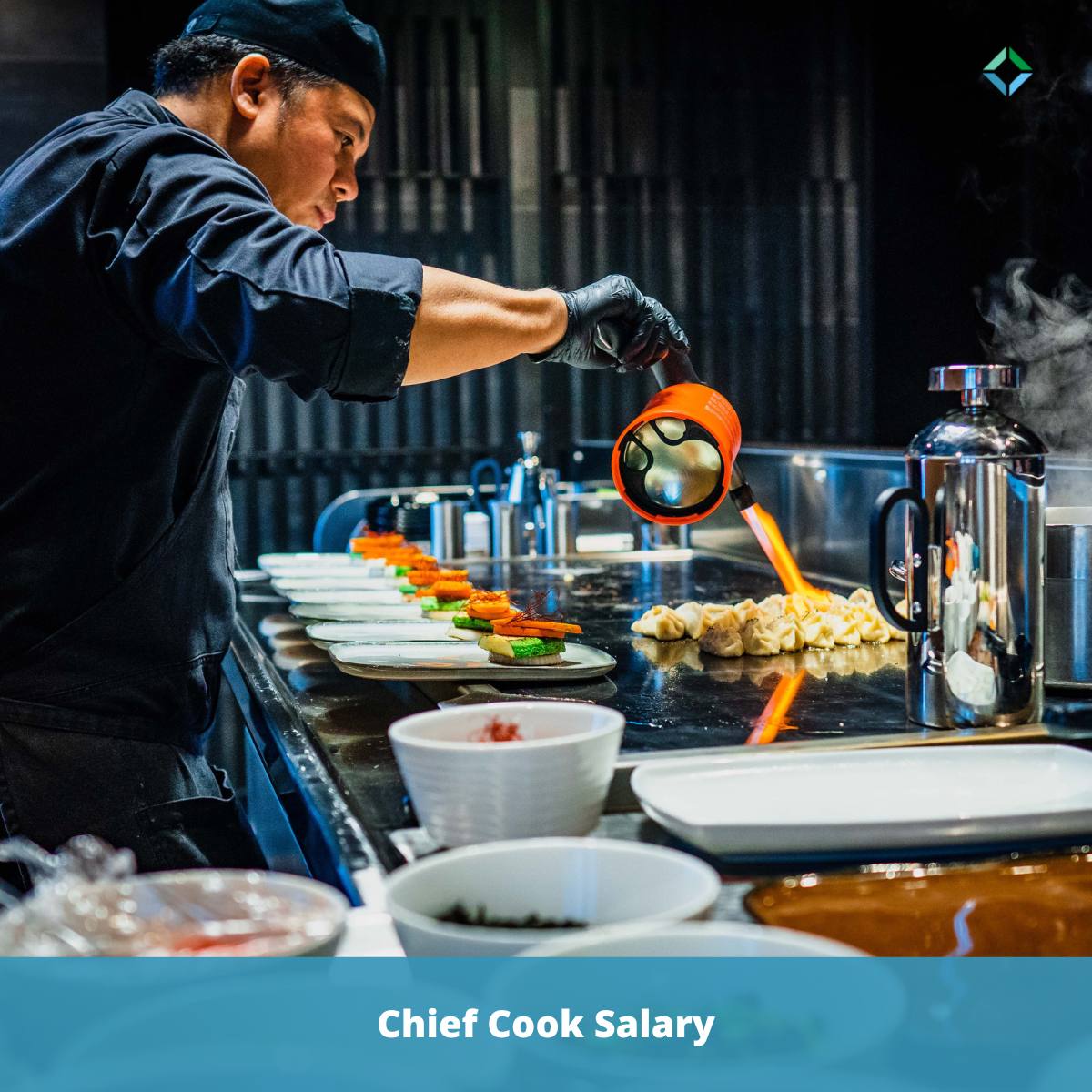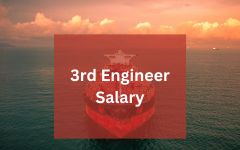Top 3 Factors that Affect Tanker Insurance Cost
Tanker insurance is a type of marine insurance that provides coverage for tankers or cargo vessels that transport liquid or gas cargo. This type of insurance is essential for tanker owners and operators as it protects them against the financial losses that may arise due to accidents, damages, or other unforeseen circumstances.
One of the most frequently asked questions about tanker insurance is how much it costs. The cost of tanker insurance varies depending on several factors, including the type of cargo being transported, the value of the tanker, and the level of coverage required.
Type of Cargo
The type of cargo being transported is one of the most important factors that influence the cost of tanker insurance. This is because different types of cargos have varying degrees of risk associated with them. Liquid and gas cargos, for example, are more volatile and pose a higher risk of fire, explosion, and environmental damage in the event of an accident.
Crude oil is one of the most common types of liquid cargo transported by tankers. It is also one of the most expensive to insure due to the high risk of environmental damage in the event of a spill. Crude oil spills can cause significant environmental damage, including damage to marine ecosystems, wildlife, and local communities. As a result, tankers that transport crude oil are required to carry high levels of liability insurance.
Gasoline and other refined petroleum products are also expensive to insure due to the potential for fire and explosion. Tankers that transport gasoline and other petroleum products must comply with strict safety regulations to prevent accidents and minimize the risk of fire and explosion.
Dry cargos, such as grains or coal, are typically less expensive to insure than liquid and gas cargos. This is because they pose a lower risk of environmental damage or fire. However, they may still require a certain level of insurance coverage to protect against financial losses in the event of damage or loss of cargo.
In addition to the type of cargo, the quantity of cargo being transported also affects the cost of tanker insurance. The more cargo being transported, the higher the risk of damage or loss, and therefore, the higher the premium.
Tanker Value
The value of the tanker is another significant factor that affects the cost of tanker insurance. The more expensive the tanker, the higher the premium will be. This is because a more valuable tanker will likely require a higher level of coverage to protect against financial losses in the event of an accident or damage.
Coverage Level
The coverage level is another crucial factor that affects the cost of tanker insurance. The level of coverage required depends on the specific needs of the tanker owner or operator and the risks associated with the cargo and vessel.
There are several types of coverage available for tanker insurance, including hull and machinery, protection and indemnity (P&I), and cargo insurance.
Hull and machinery insurance covers damages to the tanker and its equipment caused by accidents, weather events, and other unforeseen circumstances. This type of coverage is typically required by law and is essential for protecting the investment in the vessel. The cost of hull and machinery insurance depends on the value of the tanker, the age and condition of the vessel, and the level of risk associated with the vessel's operating area.
Protection and indemnity (P&I) insurance covers liabilities arising from crew injury or illness, pollution, and collisions with other vessels. This type of insurance is essential for tanker owners and operators to protect against financial losses resulting from legal claims and compensation claims. The cost of P&I insurance depends on the size of the vessel, the operating area, and the risks associated with the cargo being transported.
Cargo insurance covers damages or losses to the cargo being transported. This type of coverage is essential for protecting the value of the cargo and minimizing financial losses in the event of damage or loss. The cost of cargo insurance depends on the value and type of cargo being transported, the mode of transportation, and the level of risk associated with the cargo.
In addition to these types of coverage, tanker owners and operators may also choose to purchase additional coverage, such as war risk insurance, which covers losses resulting from acts of war or terrorism, or environmental liability insurance, which covers the costs of cleaning up pollution caused by the vessel.
The level of coverage required depends on the specific needs of the tanker owner or operator and the risks associated with the cargo and vessel. It is essential to work with an experienced insurance broker who can provide tailored advice on the types of coverage required and help identify the best insurance providers for your needs.
Other factors
Other factors that may affect the cost of tanker insurance include the age and condition of the tanker, the operating area, the level of crew training and experience, and the safety and security measures in place.
To obtain an accurate quote for tanker insurance, it is recommended to consult with an experienced insurance broker who specializes in marine insurance. They can provide tailored advice on the types of coverage required and help identify the best insurance providers for your needs.






